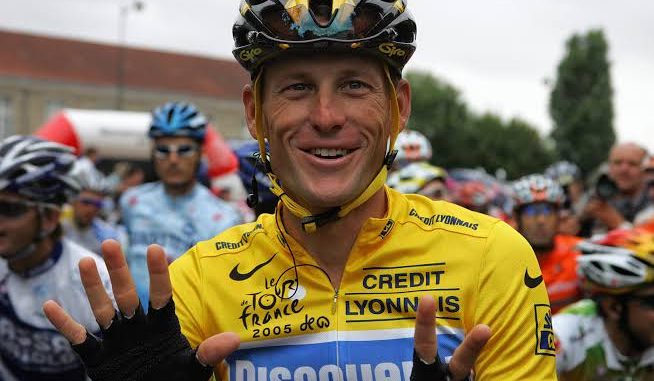
Lance Armstrong, once hailed as one of the greatest cyclists in history, later became synonymous with one of the most infamous doping scandals in sports. Despite rigorous anti-doping protocols in cycling, Armstrong managed to evade detection for years, winning seven consecutive Tour de France titles before his eventual downfall. The methods he and his team used to circumvent testing were complex, well-coordinated, and involved a combination of scientific expertise, deception, and systematic manipulation.
Armstrong’s strategy relied heavily on the use of EPO (erythropoietin), a banned substance that increases red blood cell production, enhancing endurance and performance. At the time, EPO was difficult to detect with standard urine tests, as it required blood samples and sophisticated analysis, which were not always part of the testing regimen. Armstrong and his team took advantage of this by timing their EPO usage carefully, ensuring the substance was out of his system by the time testing occurred.
In addition to EPO, Armstrong used micro-dosing, administering small amounts of banned substances like testosterone, which could be cleared from the body quickly, making them nearly impossible to detect in standard tests. His team also employed saline infusions to dilute his blood before tests, further reducing the chances of a positive result.
The U.S. Postal Service team, which Armstrong led, was also accused of tipping off riders about impending tests, giving them time to adjust their doping schedules or use masking agents. This well-organized operation extended beyond just the athletes to include team doctors, trainers, and even officials, creating a network that protected Armstrong from detection for years.
The truth finally emerged through investigations, whistleblower testimonies, and mounting evidence that Armstrong and his team had engaged in a sophisticated, systemic doping program. In 2012, he was stripped of all his Tour de France titles and banned from professional cycling for life. consequences of such actions.
Leave a Reply